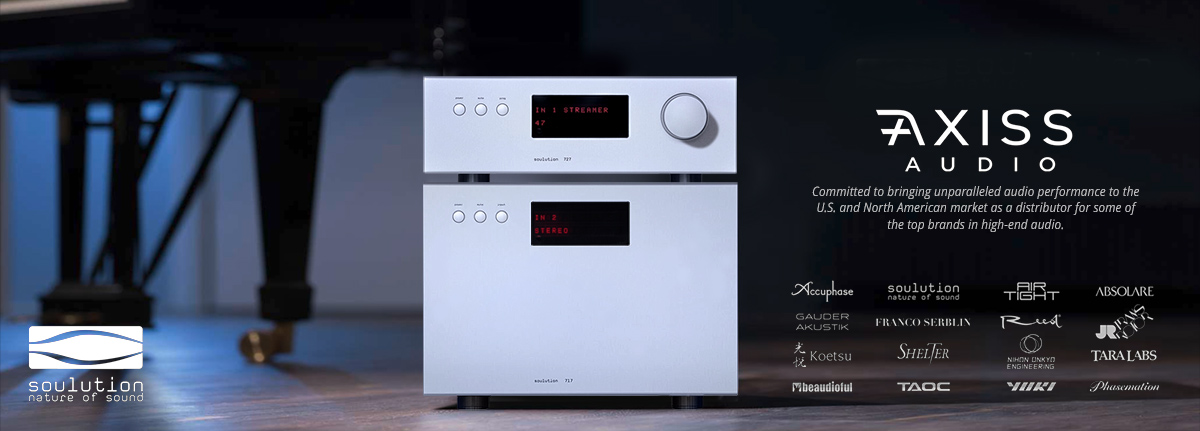almost completely contextual. it all depends on the load the amp sees. a 1 watt DHT 45 or 2 watt 2A3 on the right horn will sound better than a higher watt SET typically (ignoring the low noise solid state horn crowd). but stress the lower powered amp with a tougher load and the context of what the first watt has to do changes the equation of which amp sounds best.
so for each topology their are generalities that sort of apply. specifically with those Jadis there are sweet spots in the line up and it's hard to generalize. but i'd say it seems that quality of transformers and power supplies (ML3's are more powerful than the ML2.2's, but have more special transformers and obviously a separate tube power supply) seem to be the biggest difference in sound quality beyond load verses power. and then there is the issue of headroom. all other things being equal more headroom (allowing the amp to be in it's performance sweet spot) makes for a better amplifier. but rarely are all other things equal.
Hi Mike,
I agree with your sentiments, expect that I would amend the above to read “
Always completely contextual”, and “but
never are all other things equal”.
The interesting thing for me about this thread is it uncovers some flaws in our thinking. By introducing a new variable into a system that many of us believe we understand (without ever hearing it) because so far it’s matched some of our preconceptions about large, multi-way two-tower speaker systems and large, powerful SS amplifiers, it’s caused eruptions of verbiage in an attempt to validate those preconceptions, and double down on our thinking.
To me, however, it suggests that we still prefer to view things statically, rather than dynamically; prefer to think in terms of first-order effects, rather than second- and third-order ones; and, think in terms of actions, rather than interactions.
In other words, we miss the reality that our hi-fi systems are complex system of interdependencies that empirically speaking, do not have one-dimensional cause and effect mechanisms. Specifically to your points above, our amps and speakers are always completely interdependent on one another - the load the speaker presents influencing not just the way the amp performs, but also, the way the amp performs influencing the way the speaker performs, which influences the way the amp performs, etc, etc.
Given that most of us play music through our systems, which is of course, not static but dynamic, constantly modulating over time in frequency and amplitude, we soon end up with results that defy conventional logic, because we are subjugating a dynamic, high-order, interdependent complex system to a dynamic, high-order and interdependent complex signal.
The result is an interaction that becomes less predictable given the multiplicity of variables all changing individually, and doing so dynamically, which creates its own interactions (the amp with the speaker and vice versa, the speaker with the room, and vice versa).
So, again, I fully agree - it’s completely contextual, and as you say, it all depends. If all things were indeed equal, we could judge things from afar as we sometimes seem want to do based on paradigms fostered solely in theory. But given our complex systems are (always) subject to a complex signal, we’re better off learning from the practitioners on the ground in the real world - like you. Thanks for sharing your experience.
Best,
853guy
















